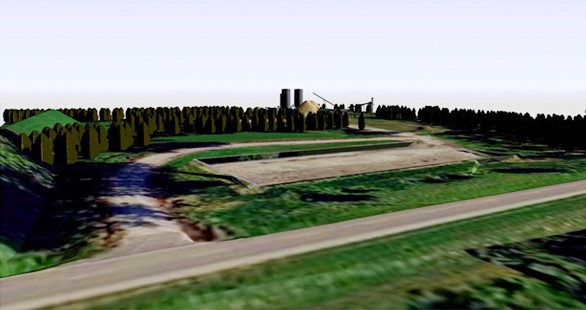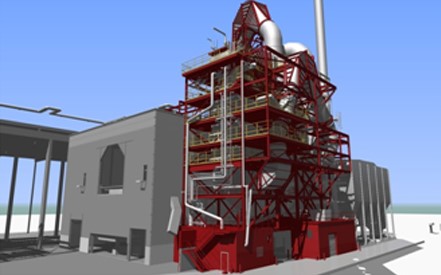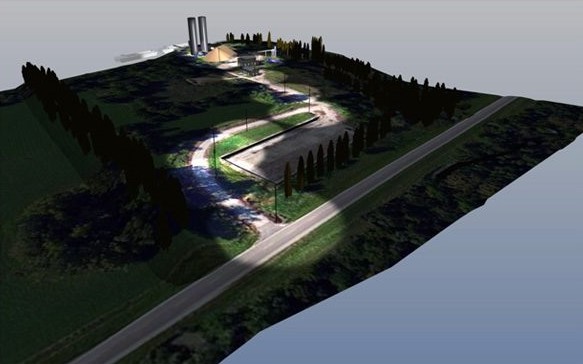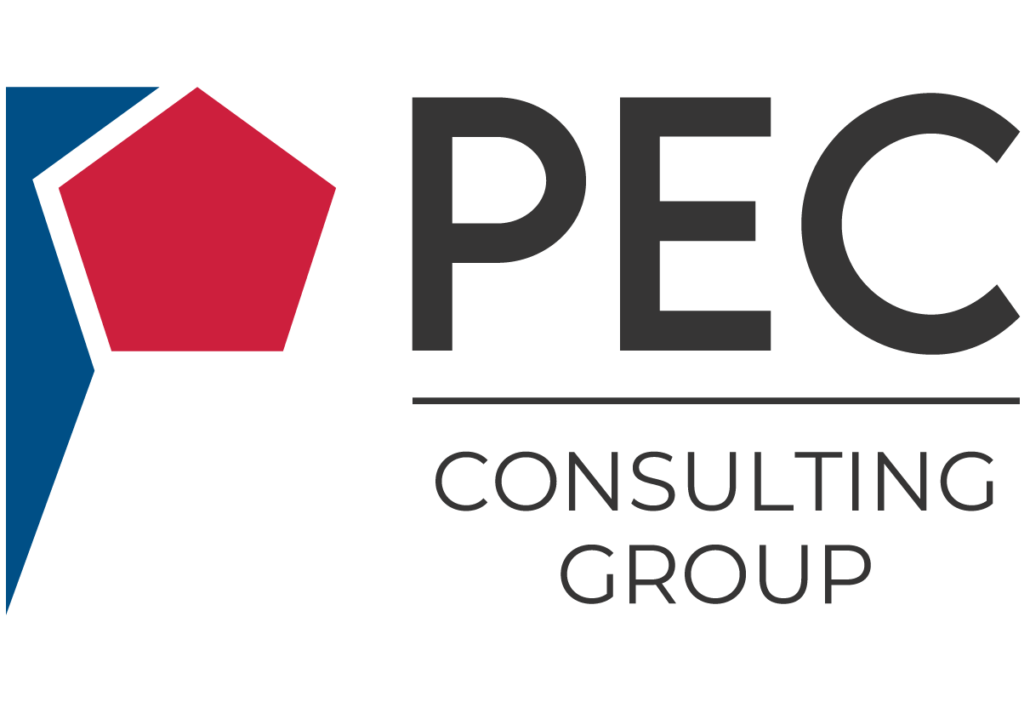Project Visualization-Rendering
By Ken Schweigert
For as long as engineers have been designing plants, there has been a “disconnect” between what engineers visualize and others perceive. Engineers have the ability to read 2D drawings and visualize the project in 3D. However, it is very difficult to convey the vision of the final product to those who do not have this aptitude. Audiences are often composed of financial and management decision makers with little experience in plant design. In many cases, engineers find it difficult to communicate a design without some form of visual aid.
Figure 1. Project Visualization/Rendering

Visual aids are also necessary to improve communications with the public during the environmental permitting process. As soon as a company announces an expansion or new facility, public meetings are required to address the concerns of area residents. Unfortunately, the public attending these forums often comes with a negative perception relating to the company’s intent and the project’s detriments to the community. Fear of the unknown makes it difficult to sell the project to the public. The Owner has to be prepared to answer questions during public meetings and communicate the design of the new plant and its attributes in a form that is easily understood by the public. How is this facility going to look like from my house? Is it visible from the highway? They envision tall stacks and large structures. Visual aids are very useful in such cases where there is a demand for clear communication.
Figure 2. Visualization of a Terminal

Architects have known for years that providing 3D renderings to their clients before final design is essential to explaining their projects. When a client sees his house or building in 3D, he can communicate what he likes and dislikes in the design. Architects found 3D renderings and models a valuable tool for feedback and improvement in their clients’ overall satisfaction.
Figure 3. Visualization of a Clinker Cooler in a Cement Plant

PEC Consulting has the capability of providing this service to its clients. Renderings can be produced to show the project in 3D from many different views. Views can be created to show the site’s visibility from locations such as a neighbor’s home or a vehicle passing the plant. The plant site can be superimposed on a topographical map or Google Earth to show the plant in the area where it will be located. Views can be shown simulating either daytime or nighttime to show the plant at different times from different vantage points.
Figure 4. Nighttime Rendering of the Plant

Now the Consultant has a means to better communicate the design of the plant; the placement on the site; and, how it fits in relation to the community around the plant. Decision makers and residents are able to make informed decisions about the future of the proposed design. In some cases, renderings can make the difference between a project going forward or not. It is another tool for new projects where the need to “visualize” the end product is very important.
About the Author(s)
Ken Schweigert
Mr. Schweigert is PEC’s expert for the non-metallic minerals industries; he has many years of experience in the mining and processing of lime, cement, calcium carbonates, aggregates, silica sand, diatomaceous earth, perlite, and clays. His expertise includes plant design, selection of process equipment, project scope development, operations improvement, maintenance, plant personnel and equipment evaluations, due diligence analysis, and construction services. Mr. Schweigert has a BS in Engineering Management from the Missouri University of Science & Technology.
PEC Consulting Group LLC | PENTA Engineering Corporation | St. Louis, Missouri, USA
How can we help you? Get in touch with our team of experts.
